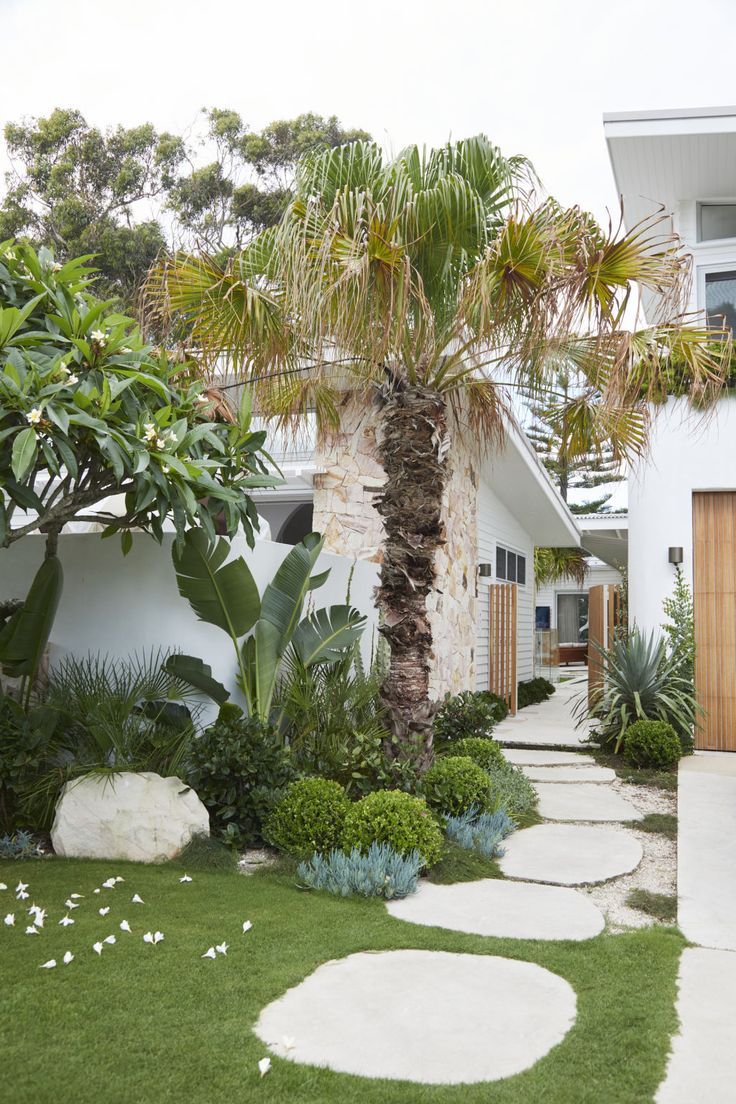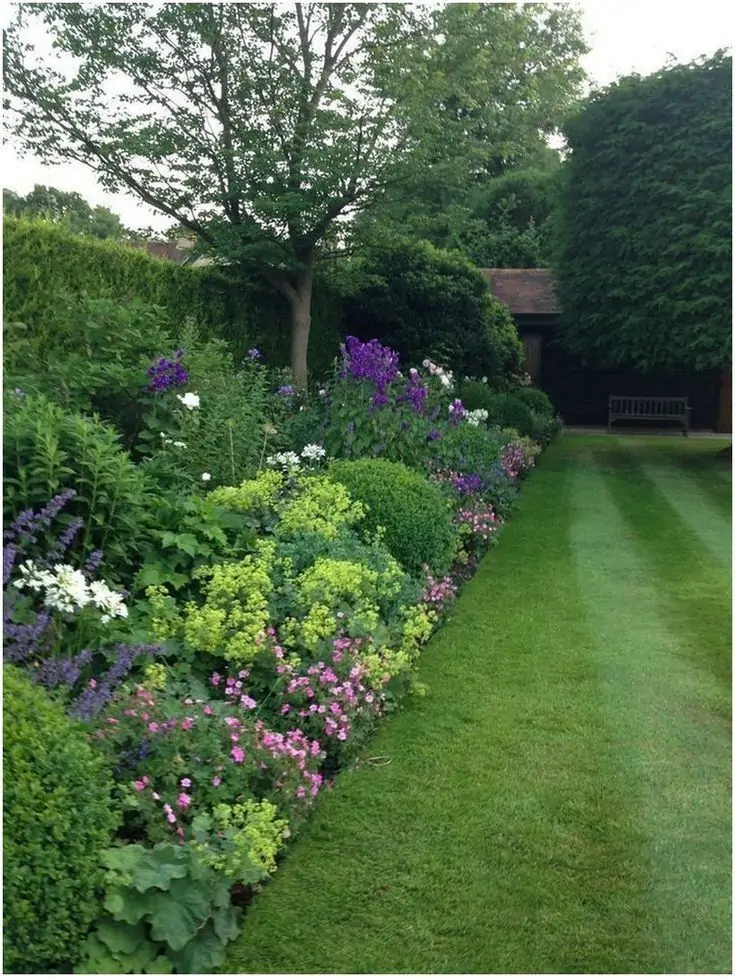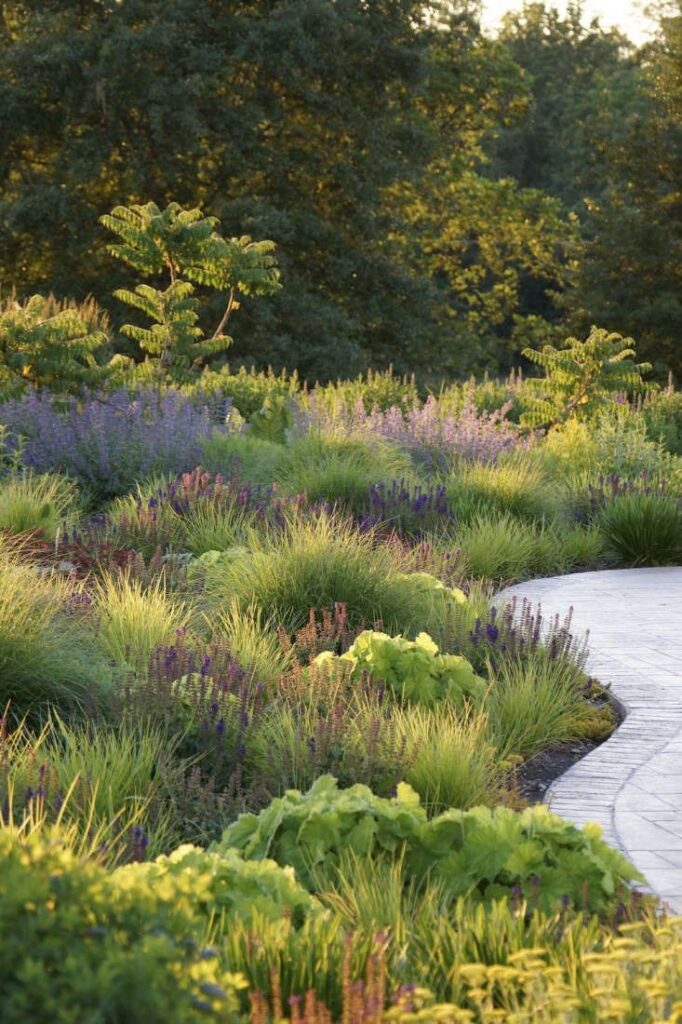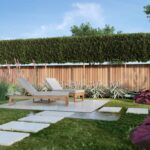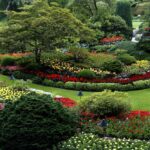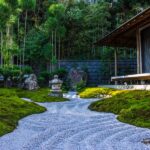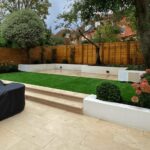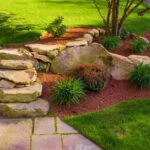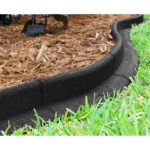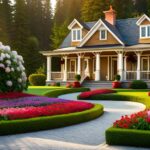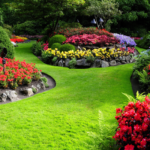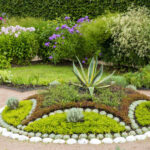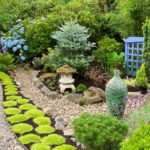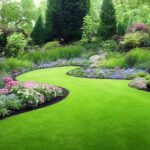Landscape gardening is a form of art that combines both nature and design to create a visually appealing outdoor space. From sprawling estates to small urban gardens, landscape gardeners use a variety of elements such as plants, hardscape materials, and water features to transform an ordinary space into a tranquil oasis. The process of landscape gardening involves careful planning, creativity, and a deep understanding of the natural environment.
One of the key components of landscape gardening is the selection and arrangement of plants. Gardeners often choose a variety of flowers, shrubs, trees, and grasses that complement one another in terms of color, texture, and height. By strategically placing these plants throughout the garden, they can create depth, balance, and visual interest. Additionally, plant selection is also based on factors such as climate, soil type, and sunlight exposure to ensure that the garden will thrive.
In addition to plants, landscape gardeners also incorporate hardscape elements into their designs. This can include pathways, patios, decks, walls, and other structures made from materials such as wood, stone, or concrete. These elements not only add structure and functionality to the garden but also serve as focal points that draw the eye and create a sense of harmony within the space.
Water features are another popular element in landscape gardening. From serene fountains to tranquil ponds, water features can bring a sense of tranquility and movement to a garden. They also provide a habitat for aquatic plants and wildlife, creating a dynamic and vibrant ecosystem within the garden. Additionally, the sound of running water can help mask street noise and create a peaceful ambiance for relaxation.
The layout of a landscape garden is another important aspect that landscape gardeners carefully consider. By creating distinct areas for different activities or purposes, such as dining, lounging, or gardening, they can enhance both the functionality and aesthetics of the space. Pathways and borders can help define these areas, while also guiding visitors through the garden and creating a sense of flow.
Overall, landscape gardening is a versatile and rewarding art form that allows individuals to create their own piece of nature within their outdoor space. Whether it’s a sprawling estate or a small urban garden, landscape gardeners use elements such as plants, hardscape materials, water features, and thoughtful design to enhance the beauty and functionality of a space. By carefully considering factors such as plant selection, hardscape elements, water features, and layout, landscape gardeners can create a space that not only reflects their creativity and vision but also provides a peaceful, harmonious retreat for both themselves and others to enjoy.
